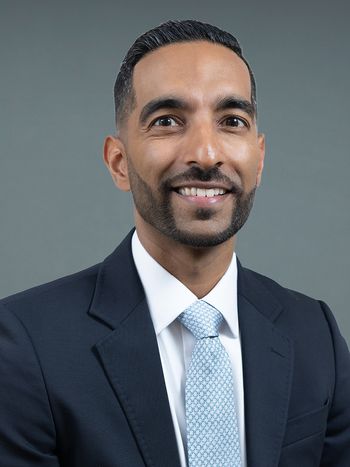
Research pioneers personalize path to better cancer drugs
The regimented and inflexible protocols that have long served as hallmarks of clinical trials are giving way to personalized medical research. A clinical trial begun last week at the University of California, San Francisco will use genetic and biological markers drawn from the tumors of individual patients to identify the treatments most likely to be effective for those participating in the trial.
The regimented and inflexible protocols that have long served as hallmarks of clinical trials are giving way to personalized medical research. A clinical trial begun last week at the University of California, San Francisco will use genetic and biological markers drawn from the tumors of individual patients to identify the treatments most likely to be effective for those participating in the trial. Data obtained early in the testing of various drugs will be used to guide decisions about which treatments hold the greatest promise for success, reflecting a new “adaptive design” approach to research. The study will eventually include some 20 top-flight U.S. cancer centers.
“This is not just an important trial for breast cancer, although it is definitely that,” said Dr. Janet Woodcock, director of the FDA Center for Drug Evaluation and Research. “It is a model for innovation in drug development, something that is seriously needed.”
The goal of the phase II trial is to lay the groundwork for success in the next phase of testing. The investigators are shooting for an unprecedented 85% success rate in the development of new treatments for women with high-risk, fast-growing breast cancers, treatments exactly targeted on selected subpopulations of patients.
Promising drugs are expected to reach their last stage of testing in record time and at substantially lower cost than ever before. The key will be doing more with fewer patients. Rather than lumbering on, following a preset course of development, as is currently done in clinical research, drugs and their combinations will be given to more patients as soon as results demonstrate their therapeutic promise.
“Knowing up front, at an early stage of drug development, who responds to that specific drug is probably the single most important factor in completing a cancer drug development program,” Woodcock said. “It is something we do not have now.”
Drug companies currently spend more than $1 billion and 12 to 15 years to develop a single drug, which ultimately is tested on thousands of patient volunteers before entering the U.S. market. If the design of this trial, dubbed I-SPY2 (Investigation of Serial studies to Predict Your therapeutic response) works, it will dramatically reduce the number of subjects needed for clinical trials while shaving years and hundreds of millions of dollars off the testing process.
“The trial size we are targeting is 300 patients,” said Donald Perry, PhD, professor and chair of the biostatistics department at the University of Texas M.D. Anderson Cancer Center. “That is an order of magnitude less than what we are doing now.”
The research is supported by a public/private partnership that includes the FDA, NIH, and major pharmaceutical companies. Research will focus initially on five experimental drugs, all covered under the trial’s master investigational new drug application. More drugs will be added over time-and some will be dropped if results do not pan out-in what planners hope will be a never-ending trial.
“We are not testing, stopping, waiting two or three years, and then writing another protocol,” said Dr. Laura Esserman, principal investigator of the I-SPY2 trial and director of the UCSF Carol Franc Buck Breast Care Center. “Those days are over.”
If it works as anticipated, I-SPY2 will change the way clinical trials are conducted, serving as a model of success for research aimed at questions in and outside of oncology. In a larger sense, Esserman said, it may blaze the first clear path to personalized medicine.
Newsletter
Stay up to date on recent advances in the multidisciplinary approach to cancer.



















































































